The recent funeral of former Dublin heroin kingpin Tony Felloni was a muted affair.
A very small group of family members gathered at St Saviour’s Church on Dominic Street in Dublin 1 for the Mass. No death notice was published in advance, there was no eulogy and nobody said even the briefest of words about the man dubbed King Scum by the media.
Aged 81 when he died last month, Felloni had served three prison sentences for heroin dealing, including a 20-year stretch imposed in 1996, from which he was released in 2011. Though he was in poor health, including being HIV positive, Felloni survived for longer than anyone expected after his release from jail. But the last time he was active in drug dealing in Dublin was in the mid 1990s.
That, perhaps, explains the absence of a Garda presence at his funeral. As gangland funerals go, it was very much out of step with recent trends.
READ MORE
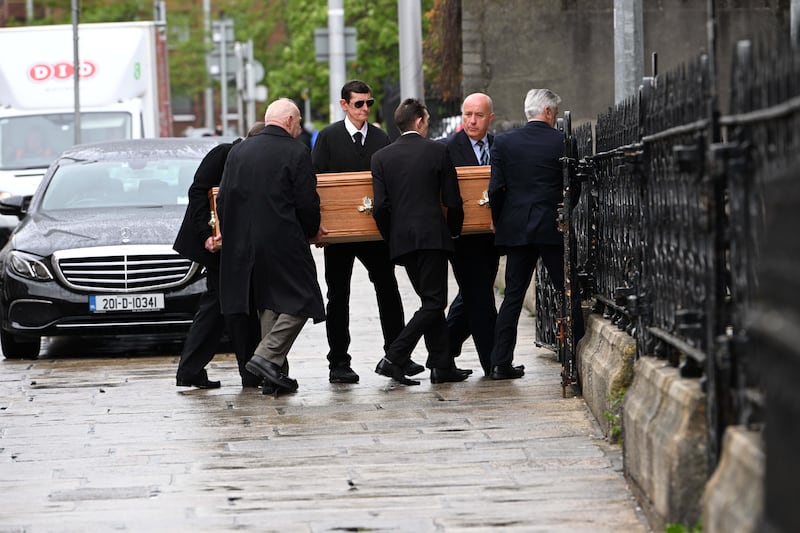

How the culture of gangland funerals provides crucial intel
Over the last five to 10 years funerals for gangland figures – and others shot dead in feuds – have significantly changed. They are often associated with shows of strength or, in the case of young victims, a display of the criminal subculture the deceased was part of while alive.
As they have got bigger and more ostentatious, gangland funerals have become a rich vein of intelligence for the Garda and media alike.
Perhaps the most notable was the funeral of David Byrne (34), who was shot dead by the Hutch gang in the daring Regency Hotel attack in Dublin in February 2016. Byrne was a member of a Crumlin-based gang headed by his brother, Liam Byrne, which led the Kinahan cartel’s Irish drug distribution operation.
When his funeral took place at St Nicholas of Myra Church on Francis Street in south inner city Dublin, almost all of the Byrne gang and the Kinahan cartel leadership were present. Indeed, members of the two groups chose to wear the same suits, shirts and ties. This was perhaps intended to display unity as the Kinahan-Hutch feud took off. But for the Garda, and the media, it was a confirmation of which figures made up the nucleus of the Byrne gang and the cartel it worked for.
“I think when the public saw that funeral, the big show these guys put on out in the open, and the way the streets had to be closed down for this huge funeral; all their cars and their motorbikes . . . That got up people’s noses,” said a Garda source. “It more or less confirmed the notion ‘right, these guys have to be stopped and stopped now’.”
It was the first, and only, time those leading criminals – with the exception of cartel founder Christy Kinahan Snr, conspicuous in his absence – all gathered in public in one place in the glare of the media. One of those present was Declan Brady. At the time very little – if anything – was known about him. He was not on the Garda radar in any real way and journalists had never heard of him, later leading to the moniker ‘Mr Nobody’.
However, when he was pictured in the inner circle at Byrne’s funeral, he became a person of interest for the Garda and came under scrutiny and later criminal investigation. In the years since, Brady has been unmasked as a central figure in the logistics of the Byrne/Kinahan operation in Ireland.
The 58-year-old, of St Wolstons, Celbridge, Co Kildare, has since been convicted of running the operation’s armoury and of laundering money for the cartel. He is currently awaiting sentence for his role in facilitating one of the many murders in the Kinahan-Hutch feud.
That was the shooting dead of Noel Kirwan, whose death was directly related to his attendance at the funeral of Eddie Hutch, shot dead by the Kinahan-Byrne operation in 2016 in revenge for the Regency attack.
Kirwan (62) was shot six times as he sat in his car on December 22nd, 2016 at St Ronan’s Drive in Clondalkin. He had no involvement in crime but was photographed in the company of Gerry Hutch at Eddie Hutch’s funeral. This led to an assumption in the Byrne-Kinahan group that Kirwan was part of the Hutch inner circle. He was murdered as a result.
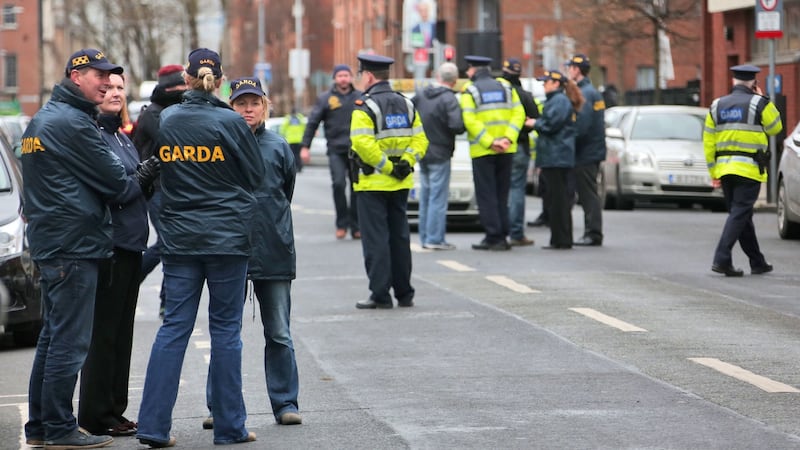
Garda sources point out that the force often maintains a presence at gangland funerals, something done for two reasons. The most obvious was to manage the flow of traffic around large funerals and also to be on hand in the event of tempers or emotions flaring. However, such gatherings are also an ideal opportunity for gardaí to monitor those present.
Detectives in plain clothes and unmarked cars often took up positions outside churches and took down the registrations of every vehicle going to and from the funeral. These are later checked to build up a large volume of soft intelligence, a process known as “collating”, which over time helps to build a clearer picture of the criminal fraternity.
In recent years the funerals of young victims of gangland violence have been marked by different scenes. Large numbers of motorbikes revving up outside churches, filling the air with smoke and burning rubber. These scenes are often recorded by video crews employed by undertakers, with highlights then shared on social media.
For example, after James Whelan (29) was shot dead as part of a feud in his native Finglas in April 2022, a 45-minute video of his funeral was distributed. It featured young men on motorbikes and elaborate floral tributes – including of Rolex watches and Louis Vuitton and other designer logos.
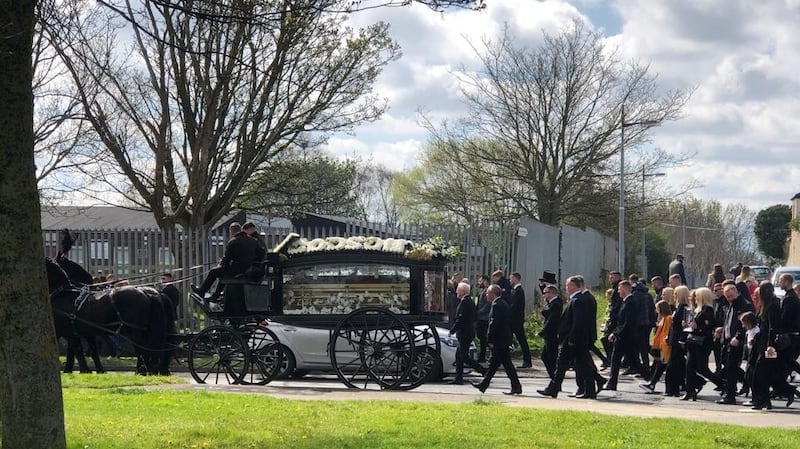
It also captured a live musical performance as Whelan’s remains were taken from his home in a gold casket and the subsequent very large funeral cortege. The video was accompanied by music and shots of some mourners dancing and spraying bottles of champagne at the graveside.
“You’ve seen it for the last few years, all the trappings,” said one Dublin-based detective. “They all want the designer clothes, the motorbikes, the quad bikes, the bling as you say. That’s what they’re chasing [by selling drugs]. And they celebrate that at these funerals.”
Other funerals of gangland crime victims offer an opportunity for grieving families or, more often, priests to speak out; sometimes in defence of the deceased or criticising those engaged in murderous feuds.
Derek Coakley Hutch, for example, was shot dead by the Byrne-Kinahan group in Dublin in January 2018 for the simple reason that he was a Hutch. At his funeral, a family friend addressed mourners and said of the Hutch family “this is not a cartel, this is a family”; an apparent effort to recast the narrative at the time around the Hutch family.
Priests concelebrating the funeral Masses of gun crime victims have also spoken out, including Fr Richard Hyland at the funeral of Tristan Sherry.
The 26-year-old from Finglas fatally wounded Jason Hennessy in a Blanchardstown restaurant on Christmas Eve as part of a feud but was then overpowered and killed at the scene. There were significant concerns at the time, which endure, that Sherry’s and Hennessy’s associates would engage in a round of revenge attacks.
“If we pursue an eye for an eye it leaves us all blind; blind to the sacredness that is every human life, blind to the violence that causes so much heartache and pain,” Fr Hyland told mourners.
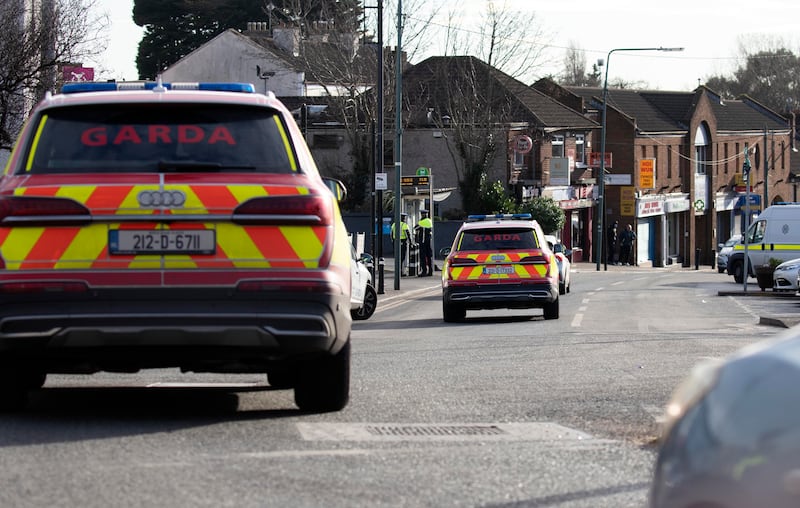
Other priests have taken an even more direct approach in condemning gangland culture and warning others that, if they engage in it, they too may pay with their lives. One example came in 2010 from Fr Séamus Ryan, parish priest in Ballyfermot, at the funeral of drug dealing brothers Kenneth and Paul Corbally, who were shot dead during an ambush on their car.
“We need to face the question of how is it that these young men . . . go down the road of the big bucks to be made in the drugs trade,” Fr Ryan told mourners, adding some reports suggested the “hired killers” were paid €40,000 and “a bonus” for shooting the brothers.
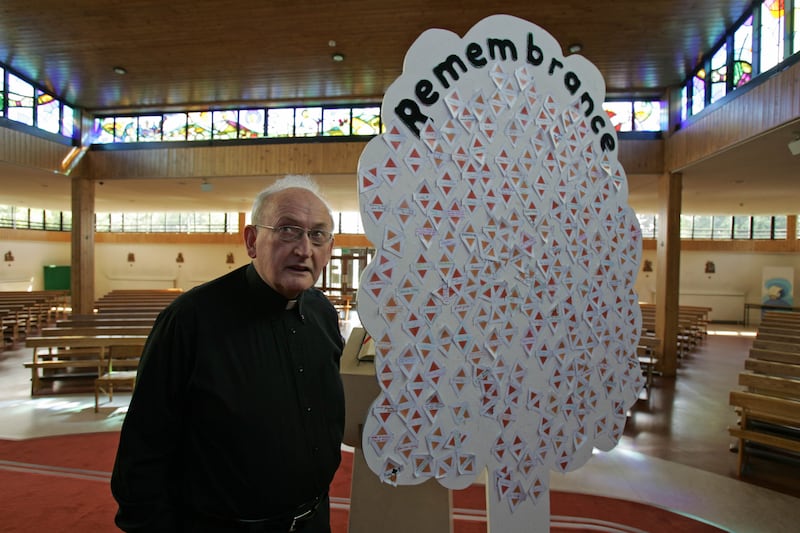
“What are we letting ourselves into in our country, a huge sum of money to kill, and a bonus?” he added, before a woman walked up on to the altar and told him “they weren’t involved in drugs”.
Fr Ryan thanked her for her comments and continued his homily. At the end the service, he apologised if he had caused offence, though his message of condemning the drugs trade, in a community blighted by it, had been clearly conveyed.
- Sign up for push alerts and have the best news, analysis and comment delivered directly to your phone
- Find The Irish Times on WhatsApp and stay up to date
- Listen to our Inside Politics podcast for the best political chat and analysis













